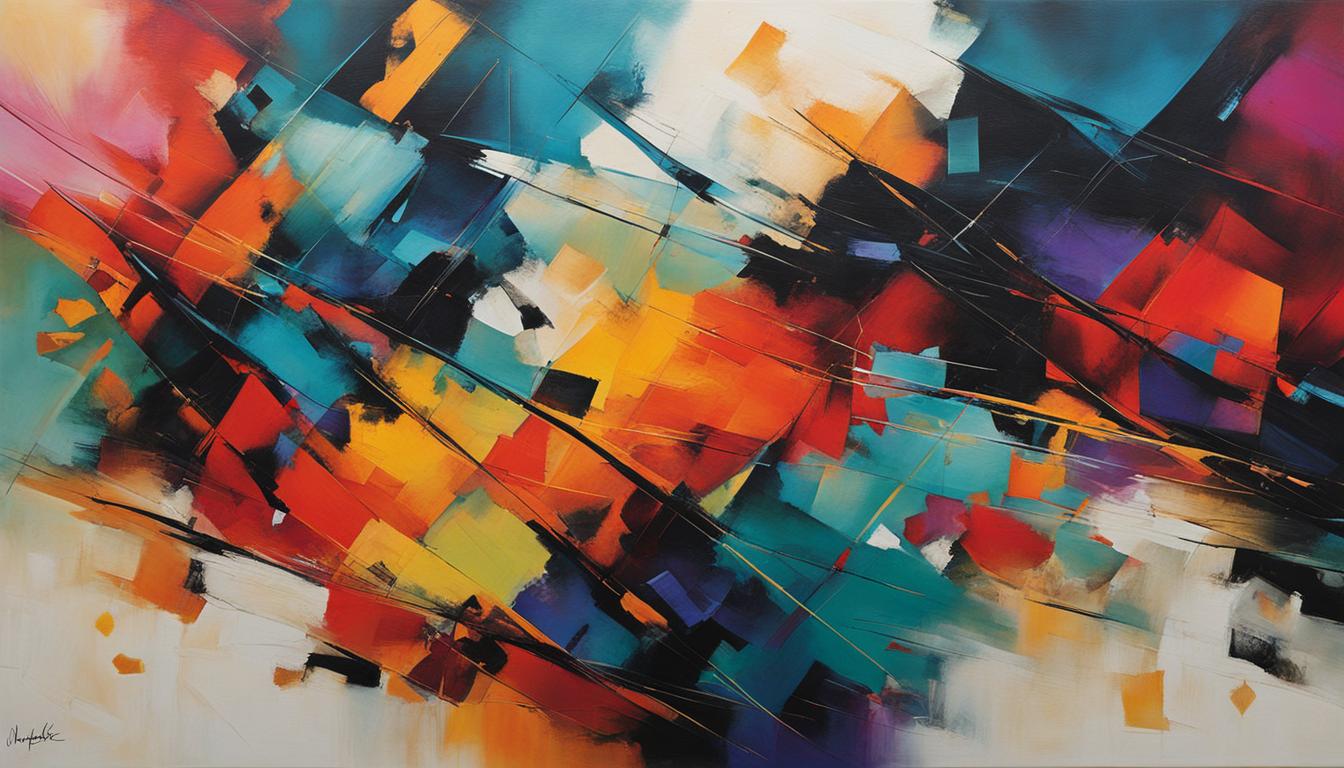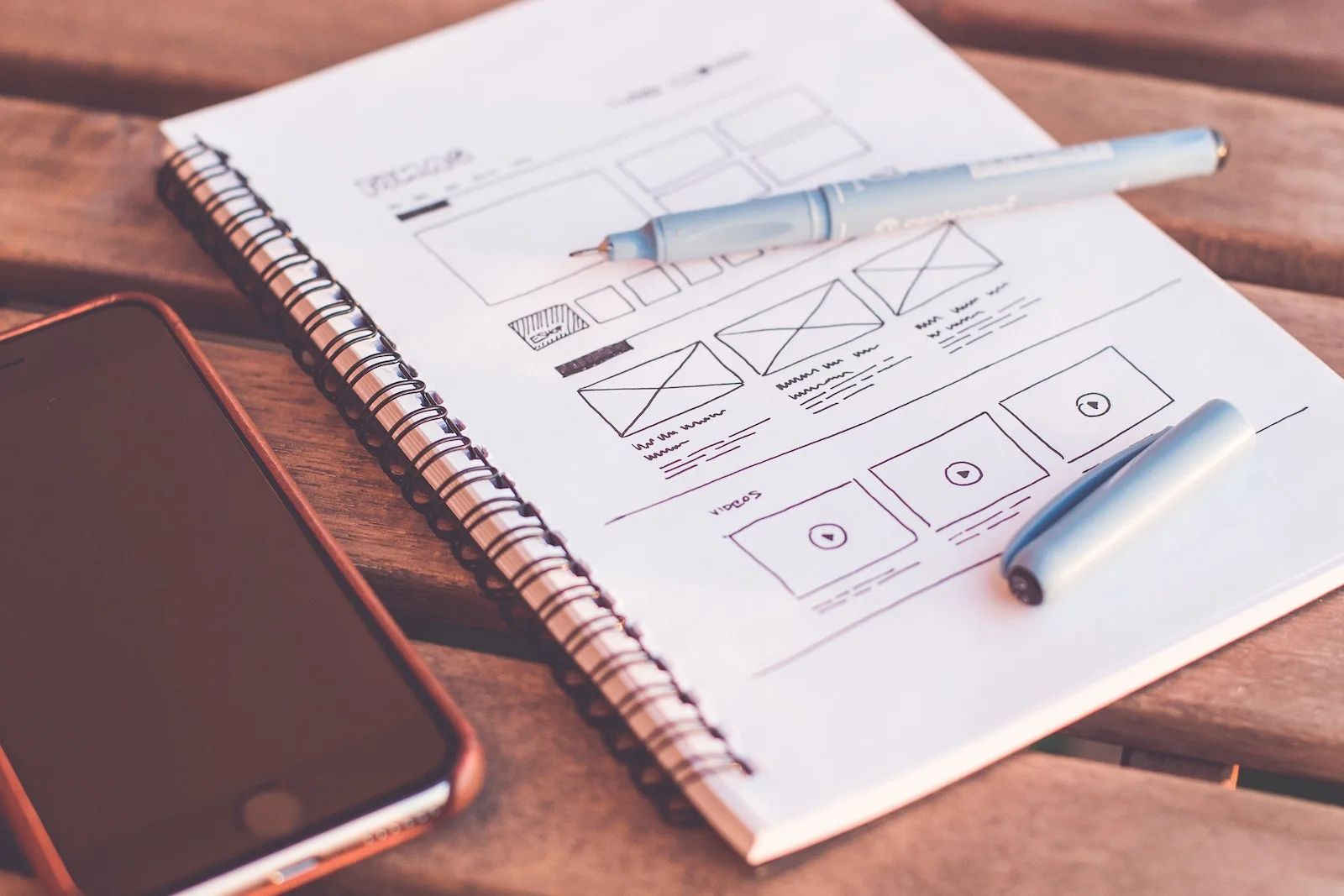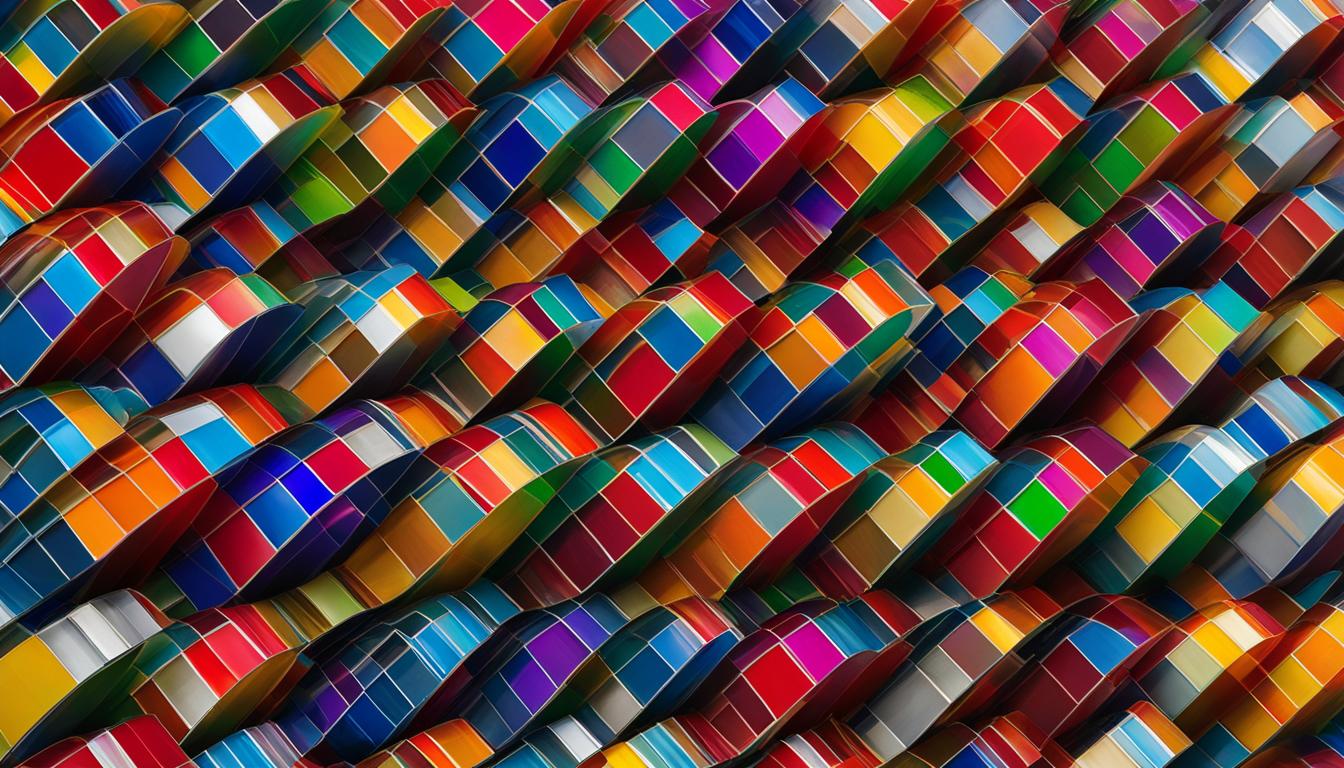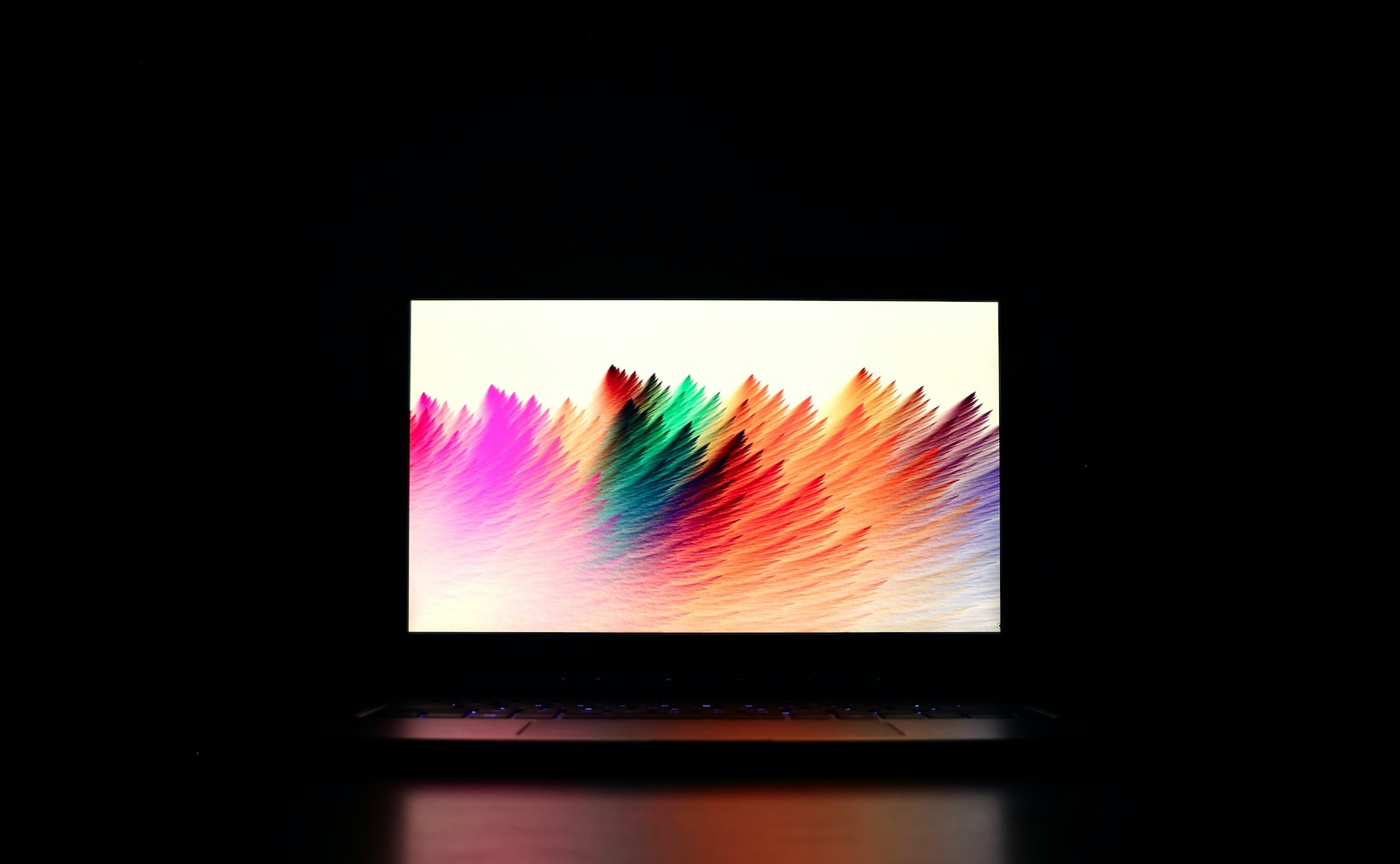Illustration and graphic design are two disciplines that are often confused with each other, but they have distinct differences. Understanding these differences is crucial for businesses looking to communicate their message effectively and create visually captivating designs.
Illustration is a visual representation that accompanies or decorates a story or concept. It can stand alone without words and effectively communicate ideas and emotions. On the other hand, graphic design involves using visual elements to solve problems and convey messages. It focuses on delivering explicit messages and is embedded in the commercial infrastructure.
Key Takeaways:
- Illustration and graphic design are distinct disciplines with unique characteristics.
- Illustration is a visual representation that accompanies or decorates a story or concept.
- Graphic design uses visual elements to solve problems and convey messages.
- Illustrations can exist without accompanying words and still effectively communicate ideas and evoke emotions.
- Graphic design focuses on delivering explicit messages and is embedded in the commercial infrastructure.
Understanding Graphic Design
Graphic design is a profession that uses various visual elements to communicate and convey messages to a target audience. It involves the skillful combination of typography, imagery, color, and form to create visually appealing designs that effectively deliver explicit messages. Unlike illustration, which is often decorative or explanatory, graphic design is deeply embedded in the commercial infrastructure and plays a significant role in marketing and branding strategies.
Graphic design can be seen in a wide range of mediums, including posters, business cards, web design, social media graphics, and more. It focuses on problem-solving and aims to visually solve issues while effectively conveying the desired message. With the advancement of technology, graphic designers have also adapted their skills to the digital realm, creating designs for websites, mobile applications, and digital marketing campaigns.
One of the key characteristics of graphic design is its foundation in design principles and its ability to ensure consistency and visual coherence across different platforms and media. Graphic designers often work closely with clients or creative teams to understand their objectives and develop designs that align with their branding and communication goals. Their expertise in design software and visual storytelling allows them to create compelling visuals that captivate audiences and drive meaningful engagement.
Key Characteristics of Graphic Design:
- Utilizes typography, imagery, color, and form
- Focuses on solving problems and conveying explicit messages
- Embedded in the commercial infrastructure and influenced by marketing and branding strategies
- Applies design principles to create visually appealing and coherent designs
- Digital adaptation for web design, mobile applications, and digital marketing
Overall, graphic design is a dynamic discipline that combines creativity, problem-solving, and technical skills to create visual solutions that effectively communicate messages to a target audience.
| Key Characteristics | Graphic Design | Illustration |
|---|---|---|
| Mediums | Posters, business cards, web design, social media graphics | Books, magazines, print media, digital space |
| Objective | Explicit message delivery and problem-solving | Accompanying or decorating a story or concept |
| Commercial Influence | Deeply embedded in marketing and branding strategies | Less influenced by commercial aspects |
| Focus | Visual coherence, consistency, and branding alignment | Freedom of expression and emotional communication |
Exploring Illustration
Illustration is a unique and versatile art form that plays a significant role in visual storytelling. Unlike graphic design, which focuses on problem-solving and communication, illustration is a visual representation that accompanies or decorates a story or concept. It has the power to convey emotions, evoke imagination, and captivate audiences.
One of the remarkable aspects of illustration is its ability to exist independently, without the need for accompanying words. Illustrations can effectively communicate ideas and narratives through visual imagery alone. Whether it’s a detailed pencil sketch, a vibrant watercolor painting, or a digitally created vector graphic, illustrations have a way of capturing attention and leaving a lasting impression.
Illustrations can be found in various forms of media, from books and magazines to online articles and social media posts. They add depth, creativity, and visual interest to the content they accompany. By incorporating illustrations, businesses and individuals can enhance their storytelling and create a more engaging and memorable experience for their audience.
The Similarities and Differences between Illustration and Graphic Design
While illustration and graphic design share similarities in their use of visual elements, they fundamentally serve different purposes. Graphic design revolves around solving problems and conveying specific messages using typography, imagery, and color. On the other hand, illustration focuses on creating visual representations that bring stories and concepts to life.
Another difference lies in the process and techniques utilized. Illustrators often work with traditional mediums like pencils, watercolors, or charcoal, allowing them to add a unique handcrafted touch to their artwork. Digital illustration techniques, such as freehand drawing and vector graphics, have also become prevalent in recent years. In contrast, graphic designers primarily work with digital tools and software to create polished and professional designs.
While both illustration and graphic design can enhance visual communication, businesses and individuals need to be aware of their distinctive qualities and choose the appropriate discipline that aligns with their goals and objectives.
Table: Comparing Illustration and Graphic Design
| Illustration | Graphic Design | |
|---|---|---|
| Primary Purpose | Visual representation and storytelling | Problem-solving and conveying messages |
| Mediums | Traditional (pencil, watercolor, etc.) and digital | Digital (software-based) |
| Emphasis | Emotions, imagination, and creativity | Professionalism and brand identity |
| Accompaniment | Can exist independently | Usually accompanied by text and other visual elements |
| Applications | Books, magazines, online media | Print and digital media |
Distinguishing Illustration from Graphic Design: An Illustrator vs. a Graphic Designer
While both illustration and graphic design involve visual elements, they have distinct differences in terms of purpose, artistic approach, and skill set. Understanding these differences can help businesses determine whether they need to hire an illustrator or a graphic designer for their creative projects.
Illustrators are often considered artists as they bring a unique style and personal touch to their work. They focus on creating visually appealing images that convey emotions and tell stories. Illustrations can stand alone without accompanying text and are commonly found in media such as books, magazines, and digital platforms.
On the other hand, graphic designers are experts in using design principles to visually communicate messages and solve problems. They work closely with clients to understand their objectives and develop visual solutions that align with branding and marketing strategies. Graphic design is prevalent in various forms, including print materials, digital graphics, web design, and advertising.
Illustrator vs. Graphic Designer: Key Differences
| Illustrator | Graphic Designer |
|---|---|
| Focuses on creating visually appealing art | Focuses on visual communication and problem-solving |
| Brings a unique personal style | Adapts to client’s branding and marketing strategies |
| Conveys emotions and tells stories | Delivers explicit messages and solves visual challenges |
| Often works in the realm of standalone artwork | Embedded in commercial infrastructure and marketing strategies |
While some professionals can excel in both illustration and graphic design, it’s important to recognize the unique abilities and strengths each discipline brings. Hiring the right creative professional ensures that businesses achieve the desired visual impact and effectively communicate their messages to their target audience.
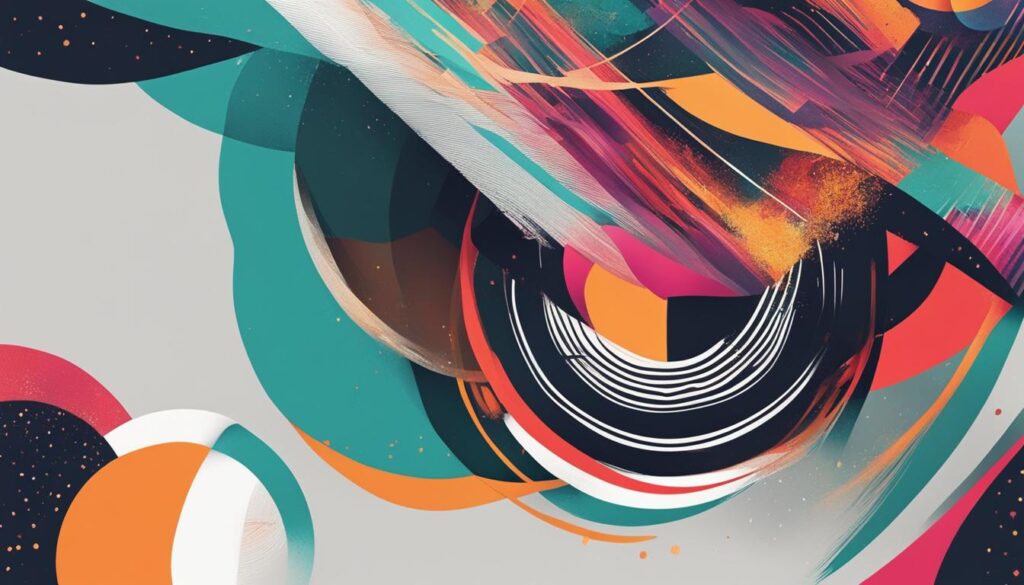
When to Hire a Graphic Designer
Graphic designers play a crucial role in helping businesses effectively communicate their messages and promote their products or services visually. But when is the right time to hire a graphic designer for your business? Here are some key scenarios where their expertise can make a significant impact:
1. Building a Strong Visual Identity
A graphic designer can help you create a cohesive and visually appealing brand identity that resonates with your target audience. They can design a unique logo, select appropriate typography and color palettes, and create a consistent visual style across all your marketing materials. By hiring a graphic designer, you can establish a strong and recognizable brand that sets you apart from your competitors.
2. Designing Marketing Collateral
Whether it’s designing digital banners for online advertising, creating eye-catching flyers for a promotional event, or developing brochures to showcase your products or services, a graphic designer has the skills and expertise to create compelling marketing collateral. They understand how to use design principles effectively to capture attention and communicate your message clearly to your target audience.
3. Enhancing User Experience
In today’s digital age, user experience is crucial for the success of any business. A graphic designer can help create visually appealing and user-friendly websites, mobile apps, and other digital platforms. They can optimize the layout, typography, and imagery to ensure a seamless and enjoyable user experience, ultimately driving customer engagement and conversions.
| When to Hire a Graphic Designer | Examples of Graphic Design Services |
|---|---|
| 1. Building a Strong Visual Identity | – Logo Design – Branding and Identity Development – Typography and Color Palette Selection |
| 2. Designing Marketing Collateral | – Digital Banner Design – Flyer and Poster Design – Brochure Design |
| 3. Enhancing User Experience | – Web Design – Mobile App Design – User Interface Design |
By hiring a graphic designer at the right time, you can ensure that your business presents a professional and visually compelling image to your target audience. Whether you need help with branding, marketing collateral, or user experience design, a graphic designer can provide the expertise and creativity necessary to elevate your business’s visual presence.
When to Hire an Illustrator
Illustrators bring a unique artistic touch to visual projects, making them an excellent choice for businesses looking to create custom artwork that stands out. Hiring an illustrator can add a distinct and memorable element to your brand’s identity. Here are a few instances when it’s beneficial to hire an illustrator:
1. Custom Artwork: If you want original, one-of-a-kind visuals specifically tailored to your project, hiring an illustrator is the way to go. Illustrators have the ability to bring your ideas to life and create artwork that is unique to your business.
2. Grabbing Attention: Custom illustrations have the power to captivate audiences and grab their attention. Whether it’s for print media covers, merchandise designs, or packaging, illustrations can make your brand stand out and leave a lasting impression.
3. Evoking Emotion: Illustrations have a way of connecting with people on an emotional level. They can evoke feelings, tell stories, and communicate complex ideas without the need for words. An illustrator can help you convey the right emotions through visuals, enhancing the impact of your message.
| When to Hire an Illustrator | When to Hire a Graphic Designer | |
|---|---|---|
| Artistic Customization | ✅ | 🔲 |
| Attention-Grabbing | ✅ | 🔲 |
| Emotional Impact | ✅ | 🔲 |
| Visual Storytelling | ✅ | 🔲 |
Graphic Illustration: The Perfect Middle Ground
A perfect blend of graphic design and illustration, graphic illustration combines the best of both worlds to create visually stunning and compelling designs. By integrating design principles with original artwork, graphic illustration offers a unique approach to conveying messages and captivating audiences.
Graphic illustration allows businesses to go beyond the limitations of traditional graphic design and explore the artistic elements of illustration. It offers the opportunity to create visually appealing and emotionally resonant designs that stand out from the crowd.
With graphic illustration, businesses can effectively communicate their messages while incorporating elements of storytelling and emotion. Whether it’s through custom illustrations that bring a brand’s story to life or innovative designs that combine visual elements with artistic flair, graphic illustration offers endless possibilities.
The Power of Graphic Illustration
Through the fusion of graphic design and illustration, businesses can leverage the power of visual storytelling and create a lasting impact on their audience. Graphic illustration allows for engaging narratives, where each design element plays a vital role in conveying the intended message.
The versatility of graphic illustration enables businesses to explore new creative avenues and break free from the constraints of conventional design. By blending graphic design principles with the artistic expression of illustration, businesses can create designs that captivate, inspire, and leave a lasting impression.
When it comes to branding and marketing efforts, graphic illustration offers a unique opportunity to differentiate from competitors and establish a strong visual identity. With its ability to blend the commercial appeal of graphic design with the emotional resonance of illustration, graphic illustration offers the perfect middle ground for businesses seeking to make a memorable impact.
| Graphic Design | Illustration |
|---|---|
| Focuses on delivering explicit messages | Has the unique freedom to exist without accompanying words |
| Uses visual elements to solve problems and convey messages | Accompanies or decorates a story or concept |
| Prevalent in both print and digital platforms | Commonly found in published media such as books and magazines |
| Embedded in the commercial infrastructure | Considered art and often reflects the personal style of the illustrator |
Conclusion
Illustration and graphic design are two distinct yet interconnected disciplines that play crucial roles in visual communication. Understanding the differences between the two is essential for businesses aiming to create effective branding and marketing strategies.
Graphic design focuses on using visual elements to solve problems and convey explicit messages. It encompasses a wide range of mediums, including print and digital platforms. Graphic designers utilize typography, imagery, color, and form to enhance brand identities and create visually appealing designs. Their expertise lies in effectively communicating messages and promoting products or concepts.
On the other hand, illustration serves as a visual representation that accompanies or decorates a story or concept. It has the unique ability to communicate ideas and evoke emotions through artistic visuals. Illustrators work with various mediums, both traditional and digital, to create custom artwork that adds a unique touch to projects. Their focus is on creating art that conveys feeling and emotion.
While graphic designers and illustrators have distinct roles, there can be overlap between the two. Some professionals possess skills in both disciplines and can provide a blend of graphic design and illustration, known as graphic illustration. This combination allows businesses to effectively convey messages in a unique and artistic way, ensuring their designs stand out.
FAQ
What sets illustration apart from graphic design?
Illustration is a visual representation that accompanies or decorates a story or concept, while graphic design involves using visual elements to solve problems and convey messages.
What is graphic design?
Graphic design is the profession of using visual elements, such as typography, imagery, color, and form, to communicate and convey messages to a target audience.
What is illustration?
Illustration is a visual representation that portrays or accompanies a story or concept, often created manually or digitally using various techniques and mediums.
What are the differences between an illustrator and a graphic designer?
Illustrators focus on creating art that conveys feeling and emotion, while graphic designers transfer someone else’s message using design elements. Both require different skills and techniques.
When should I hire a graphic designer?
Graphic designers are essential for businesses that need visually communicate or promote products or concepts. They can enhance a brand’s visual identity and create marketing materials.
When should I hire an illustrator?
Illustrators are ideal for businesses that want artistic visuals specifically created for their projects. Custom illustrations can add a unique touch and grab the audience’s attention.
What is graphic illustration?
Graphic illustration combines design principles with original artwork to convey messages in a unique and artistic way, allowing businesses to create visually appealing designs that stand out.
What is the relationship between illustration and graphic design?
Illustration and graphic design are distinct but interconnected disciplines that businesses can utilize to elevate their brand and connect with their target audience.
 Skip to main content
Skip to main content